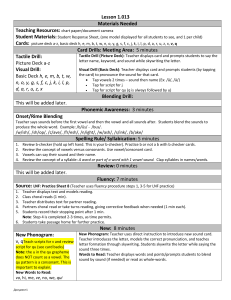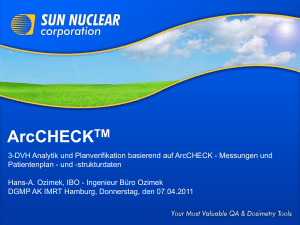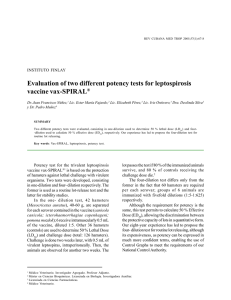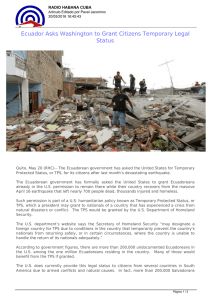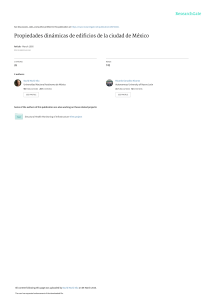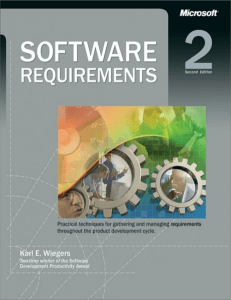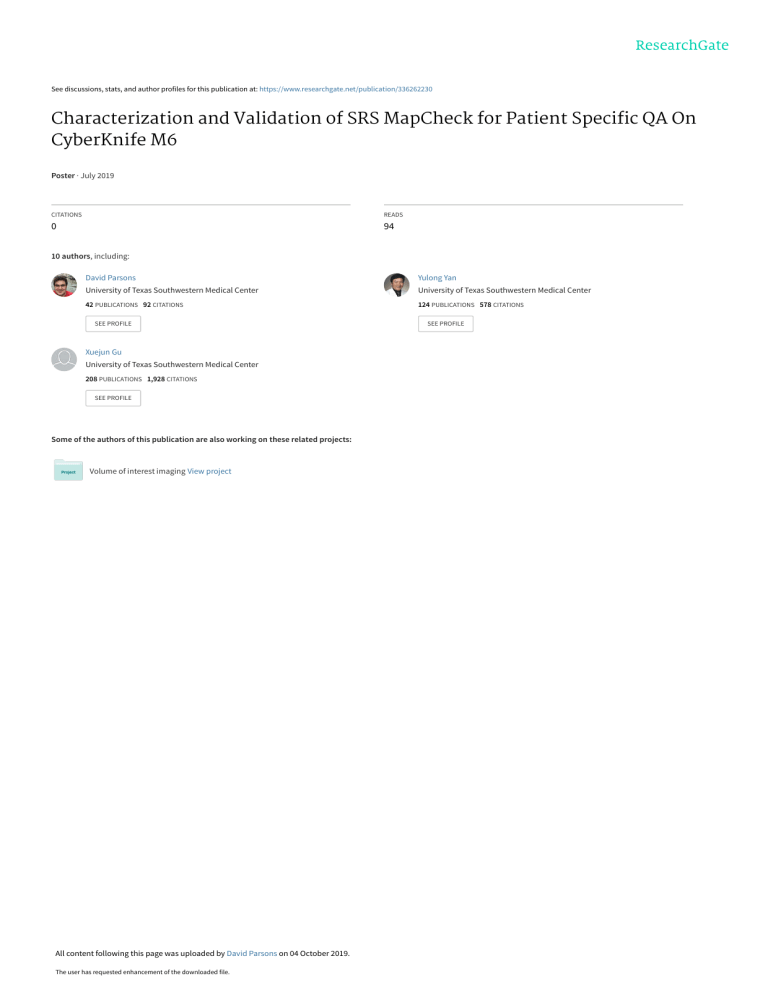
See discussions, stats, and author profiles for this publication at: https://www.researchgate.net/publication/336262230 Characterization and Validation of SRS MapCheck for Patient Specific QA On CyberKnife M6 Poster · July 2019 CITATIONS READS 0 94 10 authors, including: David Parsons Yulong Yan University of Texas Southwestern Medical Center University of Texas Southwestern Medical Center 42 PUBLICATIONS 92 CITATIONS 124 PUBLICATIONS 578 CITATIONS SEE PROFILE Xuejun Gu University of Texas Southwestern Medical Center 208 PUBLICATIONS 1,928 CITATIONS SEE PROFILE Some of the authors of this publication are also working on these related projects: Volume of interest imaging View project All content following this page was uploaded by David Parsons on 04 October 2019. The user has requested enhancement of the downloaded file. SEE PROFILE Characterization and validation of SRS MapCheck for patient specific QA on CyberKnife M6 David 1 Parsons , Chuxiong 1 Ding , 2 Tirpak , 1 Zhao , 1 Chiu , 1 Reyonlds ,Yang 1 Park , Lena Bo Tsuicheng Robert Yulong Steve 1Department of Radiation Oncology, University of Texas Southwestern Medical Center, Dallas, TX 2Sun Nuclear Corporation, Melbourne, FL Introduction Figure 1: SRS and StereoPHANTM. To date, SRS has yet to be released for CyberKnife (CK) patient specific QA, which is often conducted with film and chamber. SRS MapCheckTM will eliminate the film process and will improve confidence in the QA due to the 1013 diode dose measurements made compared to the single ion chamber. In this work, we characterize SRS MapCHECKTM diode array and validate a workflow for using this device for CK patient specific QA. Figure 2 illustrates the workflow of calibrating SRS MapCHECKTM and the process of creating a QA plan in the treatment planning system (TPS). Briefly, this process begins by calibrating the diode array (in absence of the StereoPHANTM). This is followed by a phantom correction on CK using a 60mm cone at source-to-detector distance (SDD) of 80cm. Next the Figure 2: Overview of SRS MapCheckTM calibration and QA plan creation. phantom is CT scanned and imported into the TPS, and a QA phantom template made with the fiducials marked. This is used to create absolute dose calibration plans. A similar process is used for QA plan creation with the added step of exporting the dose volume and XML report (equivalent of the DICOM RT Plan) for aligning the TPS dose volume to SRS MapCheckTM. Central axis diode response has been evaluated for varying dose rate (SDD) and rotation of the detector. Finally, 30 previously treated patients on CK were evaluated using SRS MapCheckTM. Central axis dose and gamma with a criteria of 2% dose (global) and 1 mm with a 10% threshold were used. View publication stats (a) Figure 3b shows the angular response of the array, which underresponds by approximately 2% when approaching 90o. Figure 3c highlights the over- and under-reponse of the central axis diode for varying SDD (an approximately 5x5cm2 field on the array was used for each SDD). For comparison, a head and body path on CK range from 64 to 90 cm and 80 to 120 cm, respectively, at our clinic. SRS MC Materials & Methods Radiation Oncology 1 Jiang and Xuejun 1 Gu Results and Discussion MapCHECKTM MapCHECKTM 1 Yan , (b) (c) Figure 3: (A) SRS MapCHECKTM on CyberKnife. (B) Angular and (C) dose rate response. Measured Additionally, output factor was investigated and found to vary by approximately -0.7% and 0.9% at fields of 7x7mm² and 70x70mm². Figure 7 shows the gamma analysis for 30 previously treated patients on CK using SRS MapCheckTM. The mean gamma (absolute dose, 2%/1mm, 10% threshold) pass rates were 97.2±1.9%, 98.1±2.3% and 94.4±5.8% for the MLC, iris, and fixed collimators, respectively, over all paths. Corresponding measured central axis doses were -1.6±0.7%, 1.8±1.5%, and -0.4±4.7% from the planned doses. We hypothesis that this is most likely due to angular under-response; output factor errors over small field segments, or both. Figure 5: End-to-end test of a 60 mm static cone. SRS MC Measured Figure 6: Example Thalamus legion patient QA with SRS MapCHECKTM. Figure 7: MapCHECKTM gamma (2%/1mm) results for 30 patients on CyberKnife M6 using MLC, Iris and Cone for both head and body paths. Conclusions The use of SRS-MC has been characterized and validated for patient specific QA on CyberKnife for a variety of clinical plans. The results show that SRS-MC is well suited for this task. AAPM 2019 • San Antonio, TX
